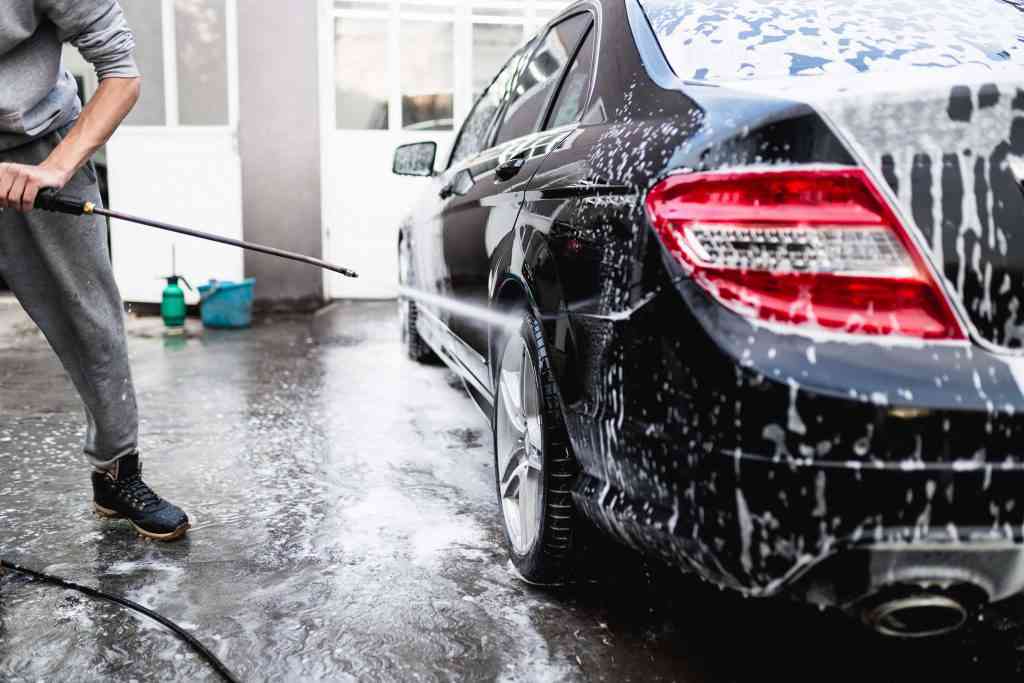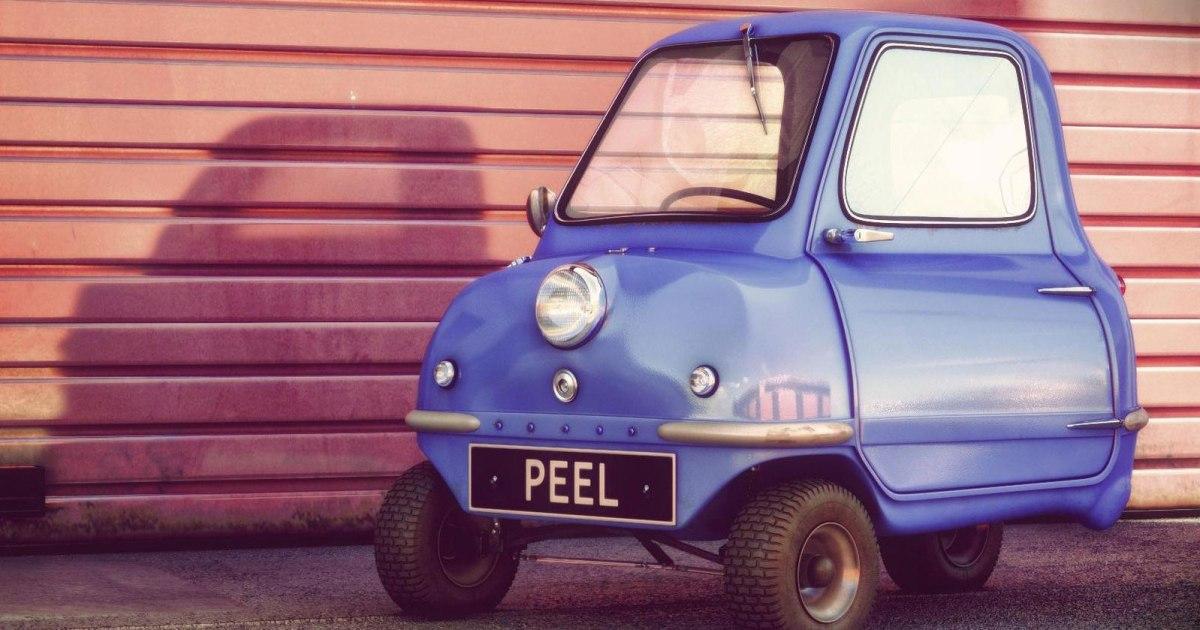What Causes Car Paint To Fade?
You could have sworn it was black when you first bought it, but now your car looks like a cross between mud and fog. Whatever the color of your car was at the beginning, over the years it’s going to lose its color. Most of the time your car is outdoors, even if you do have a garage. The garage is the final destination, but the rest of the day your car is exposed to all sorts of things. And all these sorts of elements plus other reasons make your car paint fade. A car needs to be handled properly. After all, it’s not every day we can just go down and decide to buy a car.
7 Most Common Causes of Fading Car Paint
Have a look at what is harming your car’s exterior paint and what you can do to avoid continuity fading of the car’s color.
Sunlight
Exposure to the elements and in particular the sun is a major contributor to the paint on your car fading in color. The car usually loses its shine if it’s left standing for quite some time in the sun. This is because of the reaction between the paint and the UV radiation from the sun. Living in sunny climates can wreak havoc on your car, causing oxidation and premature fading of its paint. When you think about it, it’s not much different than how too much sun exposure can and does harm our skin.
When your car gets that foggy or milky look, know that oxidation has happened. The oxidation has many causes, and one big reason is the sun. Oxidation tends to affect black and red paint the most over time. It can also affect glossy black plastic. Other black plastic can turn white because of the sun.
Going through the right car maintenance routine can keep your old car looking like it just rolled out of the dealership with all its shine and glory. But, how?
- Washing: Wash your car often to help keep its shine. Getting rid of dirt, mud and grime are the first step to take. When washing your car with special cleaning products, make sure you do so away from the sunlight. Acidic and basic compounds can etch into the paint causing bubbling, peeling, and cracking, so it goes without saying, your car needs to be regularly cleaned.
- Drying: Dry the car well after you’ve washed it instead of letting it air dry. When you dry it, you’re actually protecting your car’s paint from minerals left behind by water evaporation.
- Waxing: Waxing your car helps to prevent further fading of color. When you don’t wax your car, grime left on your car can damage the paint job. Waxing can also reduce the effects of the sun’s UV radiation. Depending on where you live and drive, it’s advisable to wax your car after every third or fourth wash.
You’re not pressure washing first: The more dirt and grime you can remove from the car without actually touching it, the better. A pressure wash removes all the heavy mud initially, which means less touching of the car and its paint.

SEE MORE:
You Don’t Use Sealant
By now, your paint can appear newer, but you want to ensure that it stays that way as long as possible. That’s what paint sealant can do for you. It’s easy to apply and will protect your car for months.
You Don’t Invest In Paint Protection
Investing in some paint protection can protect your car much more than you realize. Some drivers invest in auto paint protection film kits for their entire car, which is good, as it’s taking the protection a level higher than waxing. If you’re looking for auto spray paint that matches your Toyota vehicle, for example, then it’s recommended to try Toyota touch up paint because every make and model uses different kinds of paints. When you use the right product for your vehicle, you can restore your Toyota factory finish faster, not to mention easier than any other way you want to try. All vehicles from Toyota have paint codes that match a certain color, which is what makes them so easy to find and match. You might not need to use touch up paint on the entire car. Maybe it’s your hood or scratches here and there that need more attention.

You Use The Car Wash
There are different types of car washes, but all of them use strong detergent to strip away dirt and grease. These detergents also strip away any protective wax and sealant on the car. Also, note that the bristles on the brushes are harsh. Your best shot is to clean with a sponge.
You’re Scrubbing
Scrubbing your car to remove bugs or stuck on elements is not the best idea. The paint of your car has been just too delicate to withstand a scrub. You can purchase sprays or gloves like a mitt to gently remove bugs or other sticky substances on your car.
You Leave The Car Uncovered
If location is the catchphrase of real estate, then cover is the catchphrase of car paint. Parking in the shade helps, but that’s still not enough protection. Whenever logistically possible, cover your car. A breathable car cover, easy to put on and remove can be a cheap investment compared to the cost of repainting a vehicle.

Gravel And Pebbles
Most drivers know about the benefit of mud-flaps, but fewer people know about a protective plastic film known as gravel guard. This is available from different auto shops. This peel and stick product works as a coating on almost any area of the vehicle’s body. It’s often applied to high impact areas as lower fenders.
Nothing lasts forever, and that includes your car’s shine. While you won’t always be able to protect your car from the wrath of the sun on car paint, there are things you can routinely do to help the color last longer. Of the most important things is to keep it clean and out of the sun. And when push comes to shove, invest in a touch up paint job.














